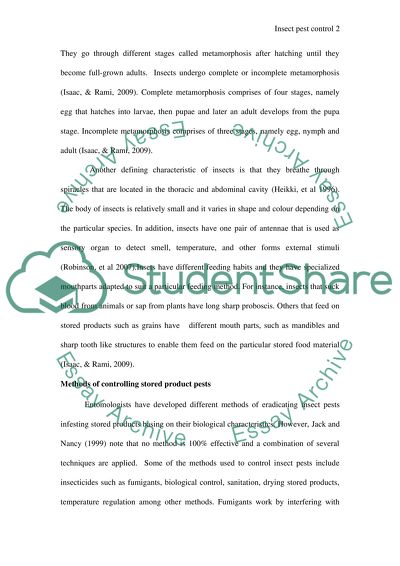Cite this document
(“Discuss how an understanding of the biology of insect pests assists in Essay - 1”, n.d.)
Retrieved from https://studentshare.org/family-consumer-science/1415987-discuss-how-an-understanding-of-the-biology-of
Retrieved from https://studentshare.org/family-consumer-science/1415987-discuss-how-an-understanding-of-the-biology-of
(Discuss How an Understanding of the Biology of Insect Pests Assists in Essay - 1)
https://studentshare.org/family-consumer-science/1415987-discuss-how-an-understanding-of-the-biology-of.
https://studentshare.org/family-consumer-science/1415987-discuss-how-an-understanding-of-the-biology-of.
“Discuss How an Understanding of the Biology of Insect Pests Assists in Essay - 1”, n.d. https://studentshare.org/family-consumer-science/1415987-discuss-how-an-understanding-of-the-biology-of.


